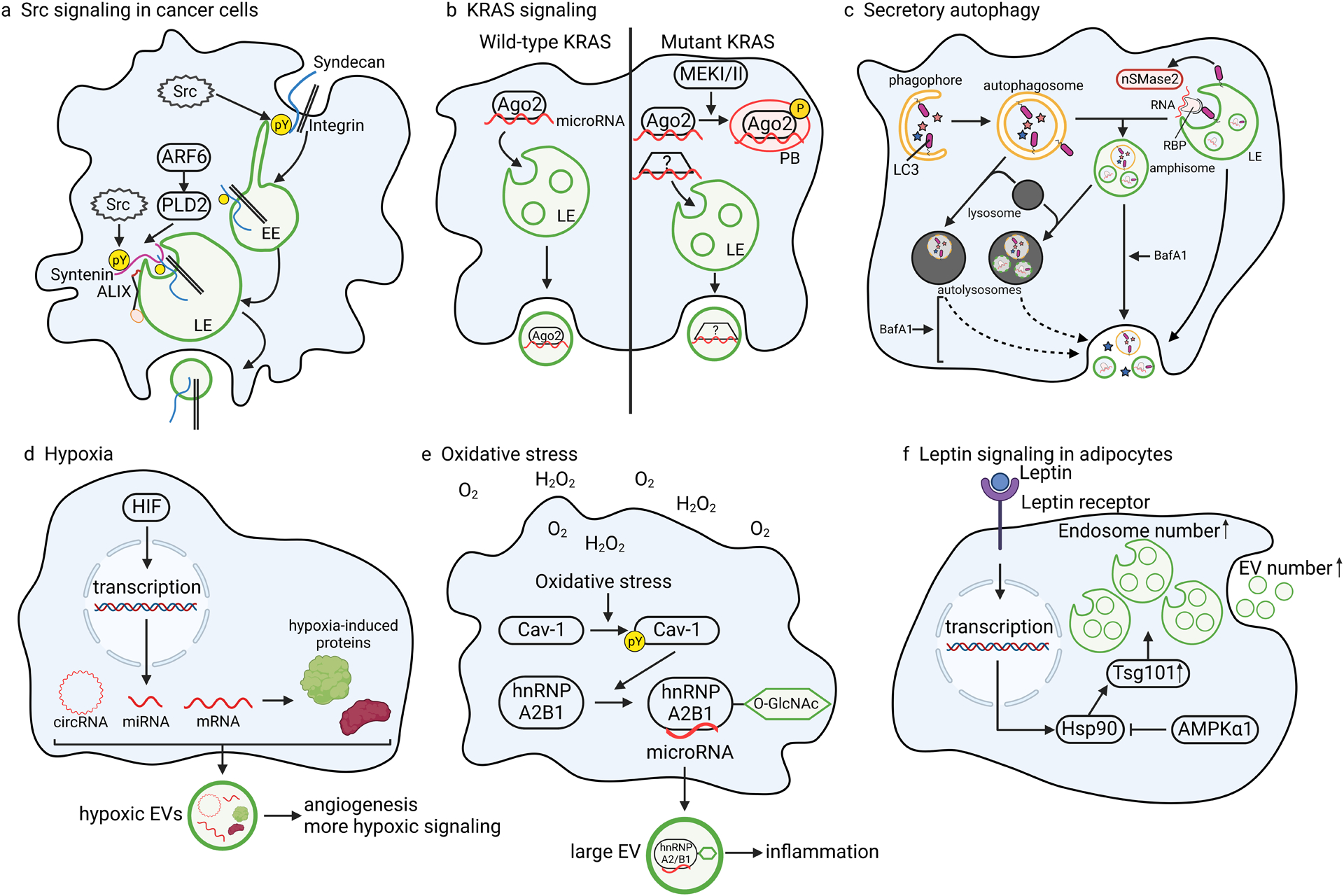Figure 3: Examples of context-specific regulation of cargo sorting.

a | Src directly phosphorylates syndecan and syntenin to regulate integrin cargo sorting through ARF6-PLD243,44. b | Oncogenic mutant KRAS signaling in colon cancer cells inhibits Ago2 entry into small EVs by promoting MEKI/II-dependent phosphorylation of Ago2. Phosphorylation of Ago2 inhibits its incorporation into ILVs and increases its association with processing bodies (PBs), resulting in altered RNA and protein content in small EVs compared to small EVs secreted from isogenic colon cancer cells with wild-type KRAS196. Nonetheless, certain miRNAs are secreted at enhanced levels from mutant KRAS-expressing cells63, and are presumably bound by other yet to be identified RNA-binding proteins. c | Lipidated LC3 assists in nonselective engulfment of autophagy cargoes (denoted as stars) by the phagophore, a double-membrane organelle that fuses to itself to create an autophagosome. In an independent process termed LC3-dependent EV loading and secretion (LDELS), lipidated LC3 captures RNA-binding proteins (via LC3 interaction motifs) and associated RNAs onto the endosome membrane to promote nSMase2-dependent exosome biogenesis154. Secretion of LC3-induced exosomes may occur via normal fusion of MVBs with the plasma membrane or after fusion of MVBs and autophagosomes to form amphisomes. Under conditions of lysosomal dysfunction, such as with inhibition of acidification by Bafilomycin A1 (BafA1), there is enhanced secretion of autophagic proteins (blue and pink stars), both inside and outside of EVs, presumably due to fusion of both amphisomes and autolysosomes with the plasma membrane326. Arrows represent membrane fusion events. d | Hypoxia activates HIF-mediated transcriptional upregulation of targeted circRNAs, miRNAs, and mRNAs, which enter EVs along with the protein products of the affected mRNAs. e | Oxidative stress from reactive oxygen species leads to caveolin-1 (Cav-1) phosphorylation, stabilizing the RNA-binding protein hnRNPA2B1 and promoting its O-GlcNAcylation. This post-translational modification enhances hnRNPA2B1 binding to microRNAs that are trafficked to large EVs137. f | Leptin signaling activates transcription of Hsp90, which stabilizes Tsg101 to increase the number of endosomes and EVs. However, Hsp90 also antagonizes this process through its interaction with AMPKα1308.
